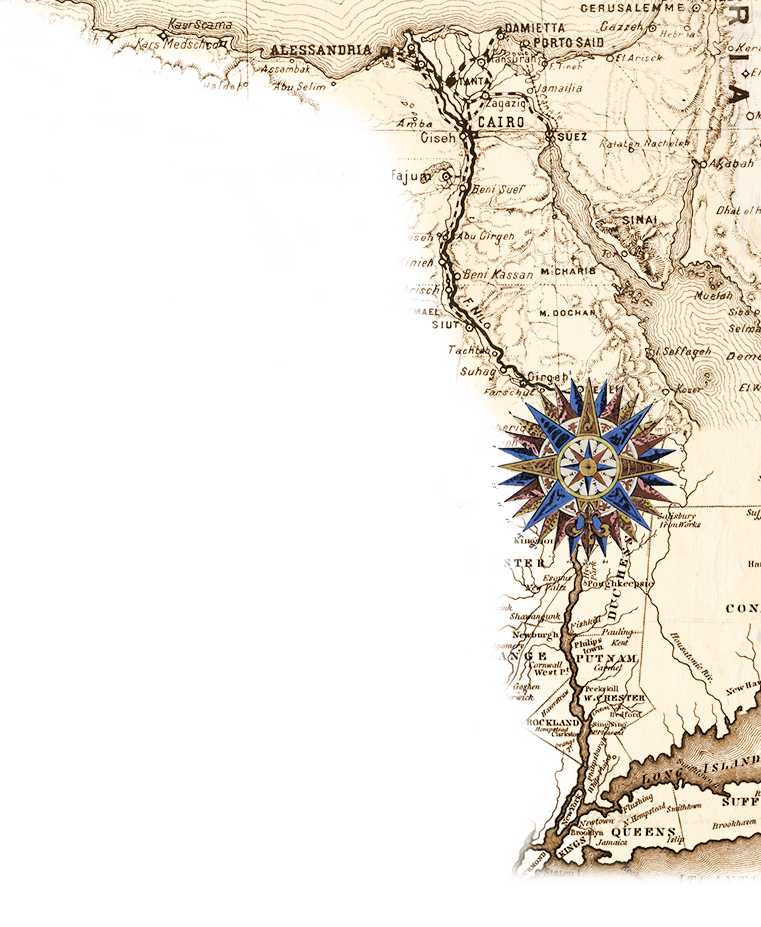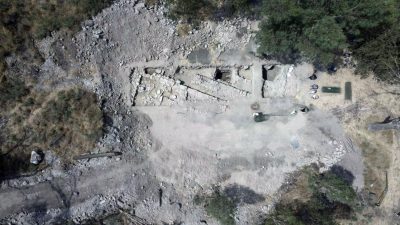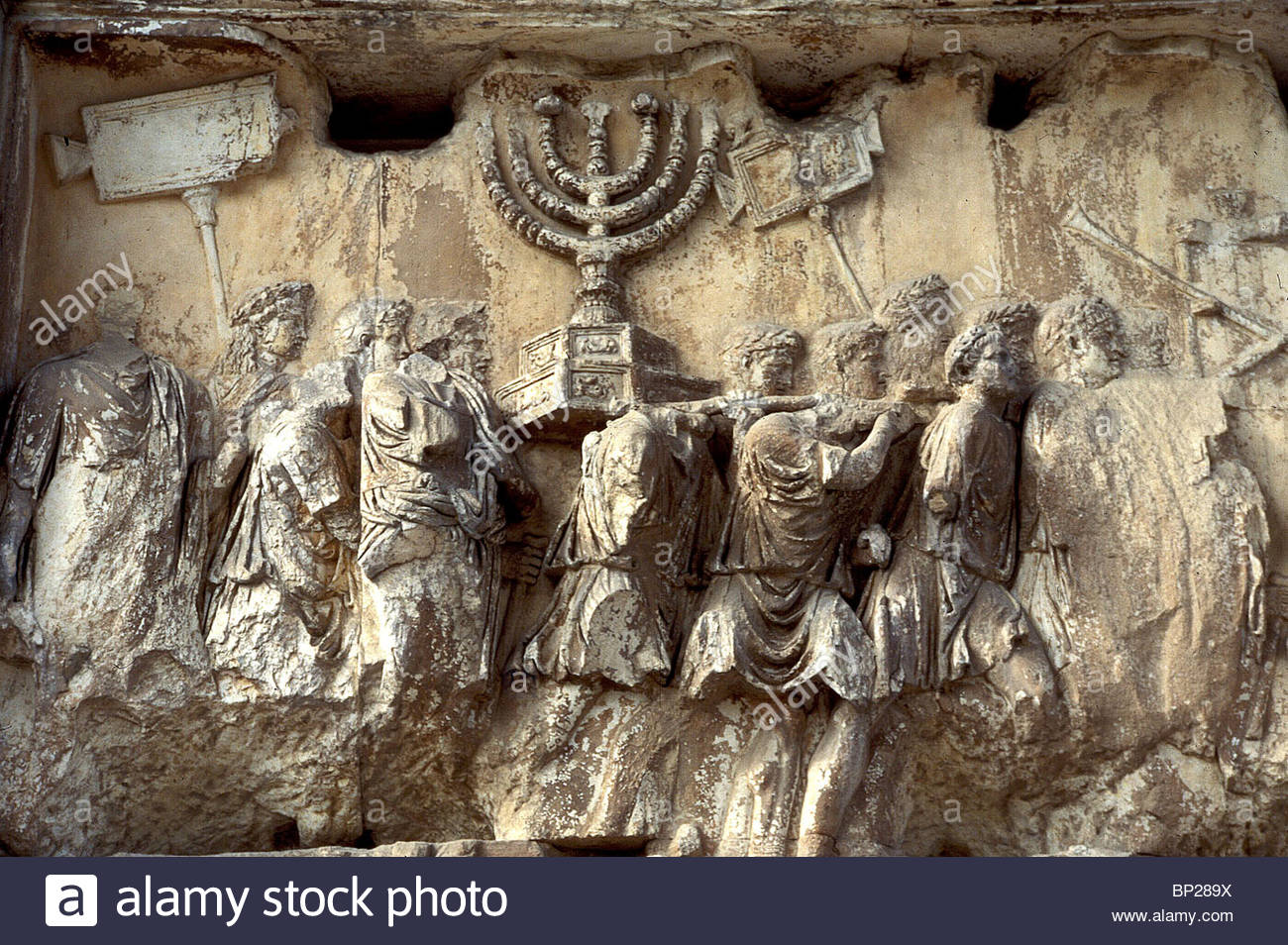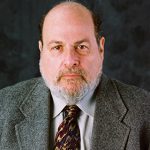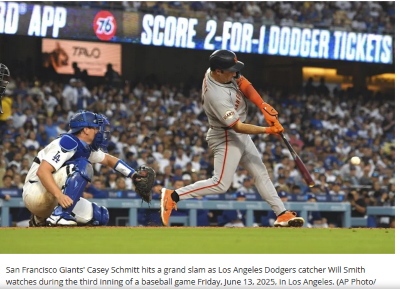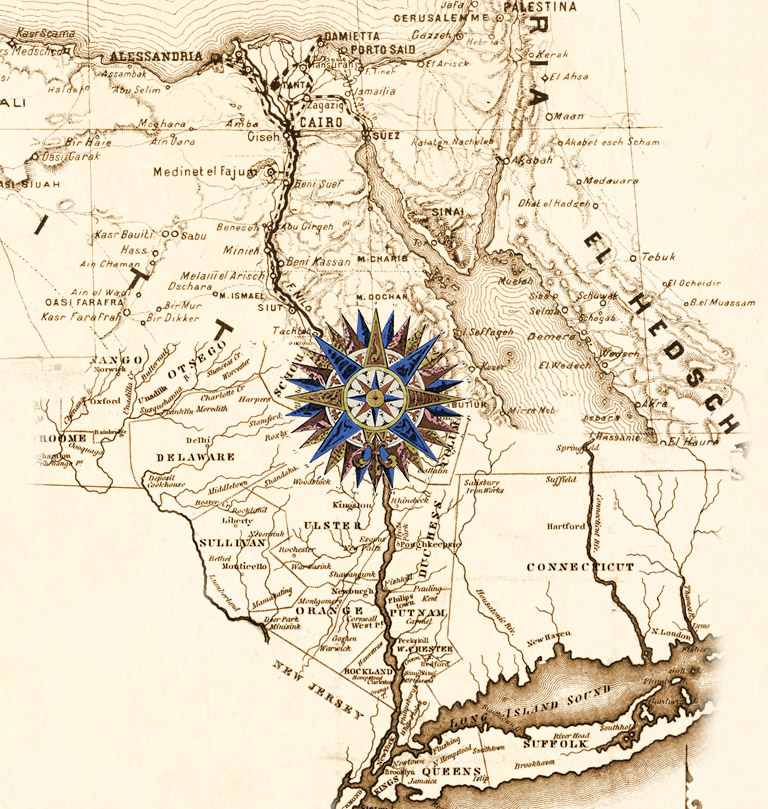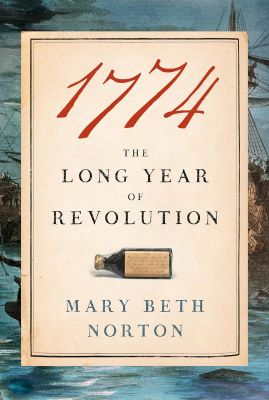
Location: Rye Free Reading Room (online)
THE AMERICAN REVOLUTION 250TH IS HERE!
The Rye Historical Society, the Institute of History, Archaeology, and Education and the Rye Free Reading Room are pleased to welcome Dr. Mary Beth Norton for a virtual discussion of her latest book, 1774: The Long Year of Revolution. Dr. Norton will discuss what focusing on the events between the so-called “Boston Tea Party” (known at the time as “the destruction of the tea”) in December 1773 and the beginnings of the war in April 1775, a time usually overlooked in revolutionary scholarship, can reveal to us about the origins of the Revolution and the final breakdown of the relationship between the American colonies and Great Britain.
Mary Beth Norton is the Mary Donlon Alger Professor of American History Emerita at Cornell University, where she taught from 1971 to 2018. In 2005-6, she was Pitt Professor of American History and Institutions at the University of Cambridge. She has written six books about Early American history, including Liberty’s Daughters: The Revolutionary Experience of American Women, 1750-1800; and In the Devil’s Snare: The Salem Witchcraft Crisis of 1692. She was an author, with others, of A People and A Nation, which appeared in its 11th edition in 2018, one of the leading U.S. history textbooks since its initial publication in 1982. Her most recent work is 1774: The Long Year of Revolution (2020), which won the 2021 George Washington Prize as the best book on the revolutionary era.
She has been elected a member of both the American Academy of Arts and Sciences and the American Philosophical Society. She was president of the 12,000-member American Historical Association in 2018.Rye Free Reading Room is inviting you to a scheduled Zoom meeting.
Register for the free on-line lecture here: https://ryelibrary.libcal.com/event/12376244?hs=a
